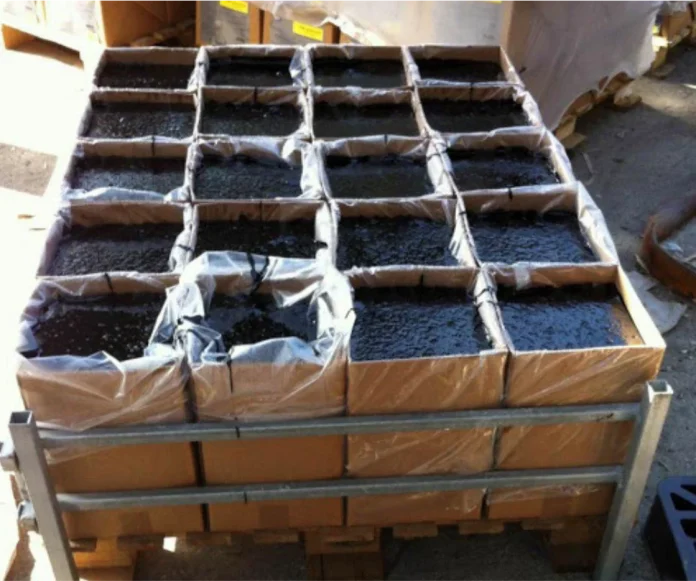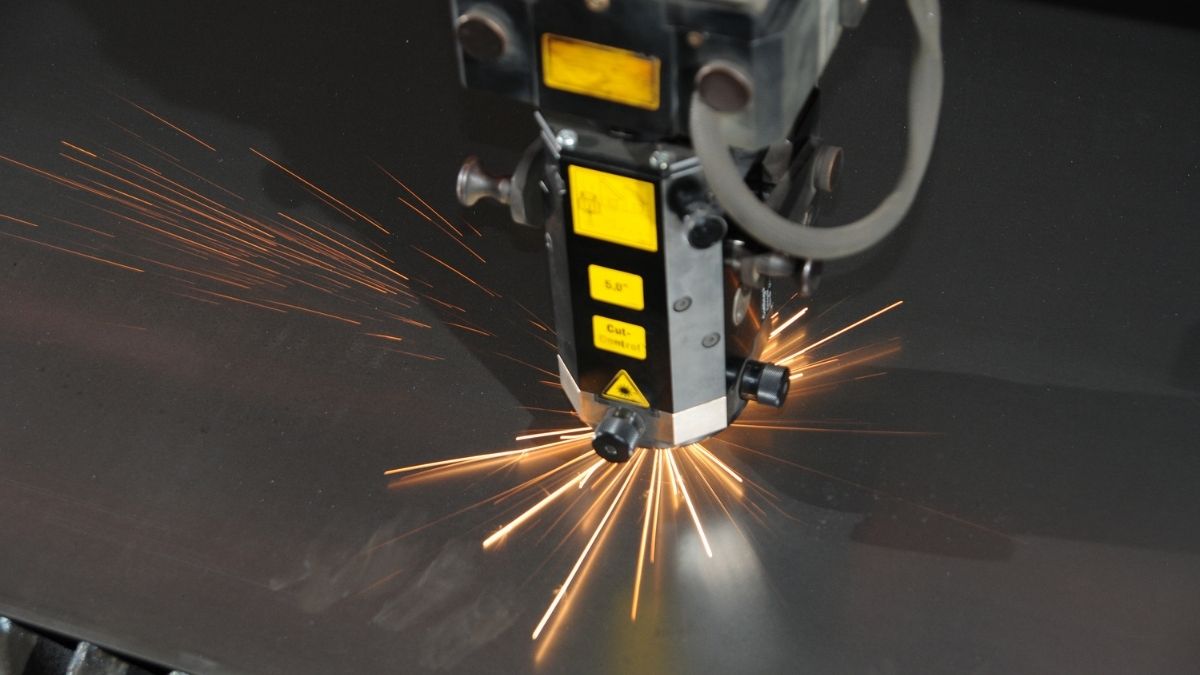Asphalt surfaces are constantly exposed to elements like weather, heavy traffic, and natural wear and tear. Over time, cracks begin to form, compromising the integrity and durability of the pavement. Using an asphalt crack filler is an essential step in maintaining a smooth, long-lasting surface and preventing costly repairs.
Why Asphalt Cracks Occur
Before discussing solutions, it’s important to understand why asphalt cracks in the first place. Some of the most common causes include:
- Weather Conditions: Extreme temperatures, freezing and thawing cycles, and UV exposure weaken asphalt over time.
- Heavy Traffic: Continuous pressure from vehicles, especially in high-traffic areas, can lead to stress fractures.
- Water Damage: Moisture seeps into cracks, expanding and worsening the damage over time.
- Poor Installation: Improperly laid asphalt or insufficient compaction can contribute to premature cracking.
Benefits of Using Asphalt Crack Filler
Applying an asphalt crack filler is one of the most effective ways to prolong the life of your pavement. Some key advantages include:
- Prevents Water Penetration: Sealing cracks helps keep water from infiltrating and causing further damage.
- Enhances Safety: Cracks can become trip hazards or lead to further structural degradation; filling them keeps surfaces smooth.
- Improves Aesthetic Appeal: A well-maintained surface boosts curb appeal for homes, businesses, and roadways.
- Cost-Effective Maintenance: Routine crack filling reduces the need for expensive resurfacing or complete repaving.
Types of Asphalt Crack Fillers
There are several types of asphalt crack fillers available, each suited for different conditions and applications:
- Cold Pour Crack Fillers: Ideal for minor cracks and easy DIY applications, these are convenient but may not last as long as hot-applied options.
- Hot Pour Crack Sealants: Heated and applied using professional equipment, these fillers provide a more durable, flexible seal for larger cracks.
- Rubberized Crack Sealants: These fillers offer superior elasticity and durability, making them perfect for high-traffic areas.
- Acrylic-Based Fillers: A great option for enhancing aesthetics while providing moderate protection.
How to Apply Asphalt Crack Filler
To achieve the best results, follow these steps when applying asphalt crack filler:
- Clean the Area: Remove debris, dirt, and loose asphalt from the crack using a wire brush or air compressor.
- Prep the Crack: For larger cracks, a backer rod may be used to help support the filler material.
- Apply the Filler: Depending on the product type, pour or heat the filler and spread it evenly over the crack.
- Allow Time to Cure: Follow the manufacturer’s instructions on drying and curing times before using the surface.
- Sealcoat for Added Protection: Applying a sealcoat over the entire surface can provide additional longevity and resistance.
Conclusion
Regular maintenance, including using asphalt crack fillers, is crucial in preserving your pavement’s lifespan. Whether you’re a homeowner, business owner, or municipal contractor, investing in the right crack filler and applying it correctly will save you time and money in the long run. By taking proactive steps, you ensure your asphalt remains in top condition for years to come.









